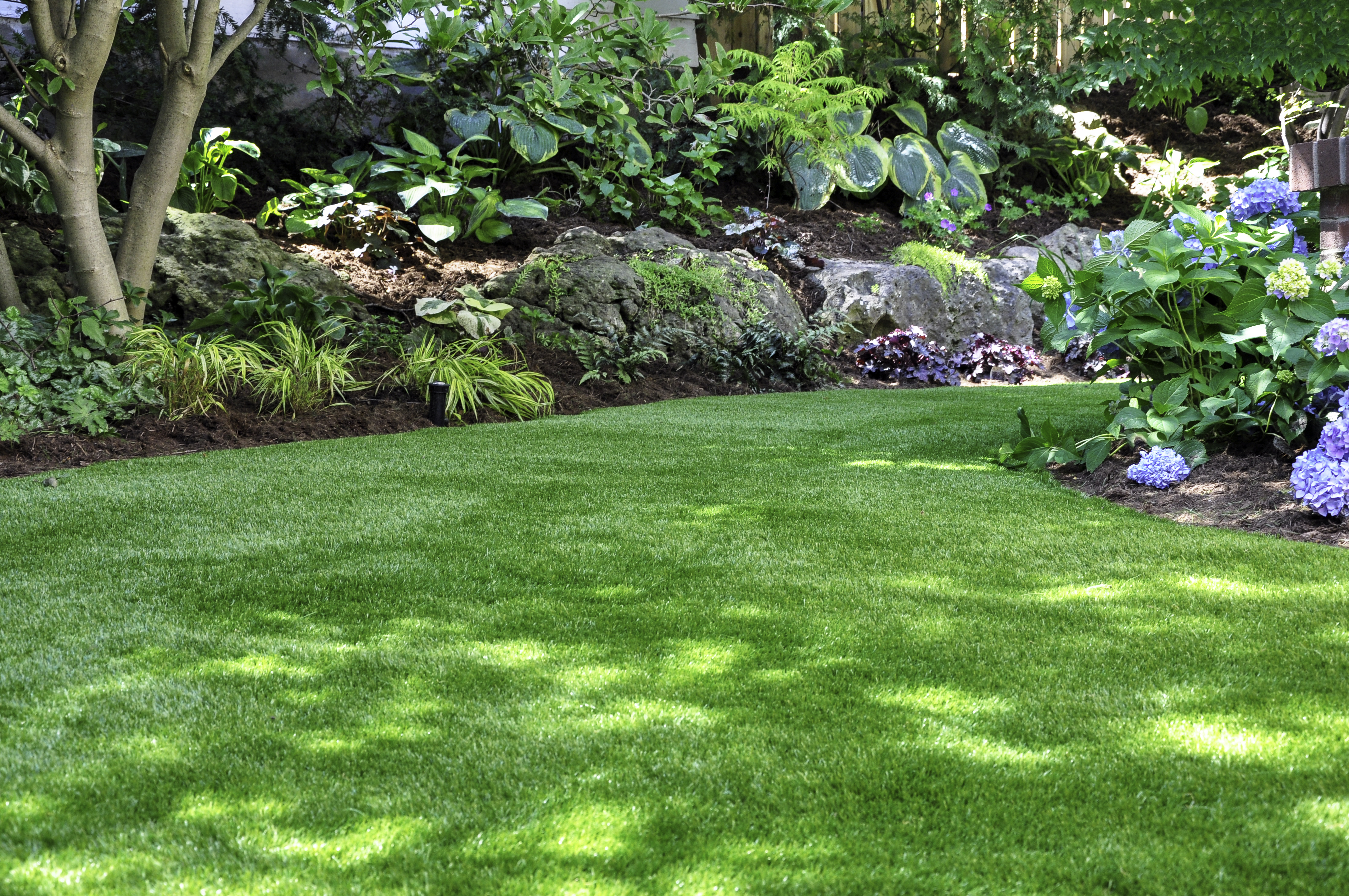
In order to have a healthy and thriving backyard, your garden needs sunlight, moisture and nutrients. Just as we need food and water to thrive, so does our beloved garden. Fertilizing a garden plays a crucial role in ensuring your plants receive the right nutrients to grow and develop into its full potential.
If you're new to gardening, it can be quite overwhelming taking care of your outdoor living space. With that being said, it is important to understand how to give your backyard tender love and care, and fertilizing your plants is a great place to start. So, how exactly do you do this? Oftentimes, if plants are not doing so well and their growth has slowed down, fertilizers are an essential tool for boosting nutrients and in turn, giving plants a chance to mature.
As you look for ways to amend your garden soil, we've created a list to make your gardening journey a little easier. Check out these expert tips on what you should do when fertilizing your backyard.
When should I fertilize my garden?
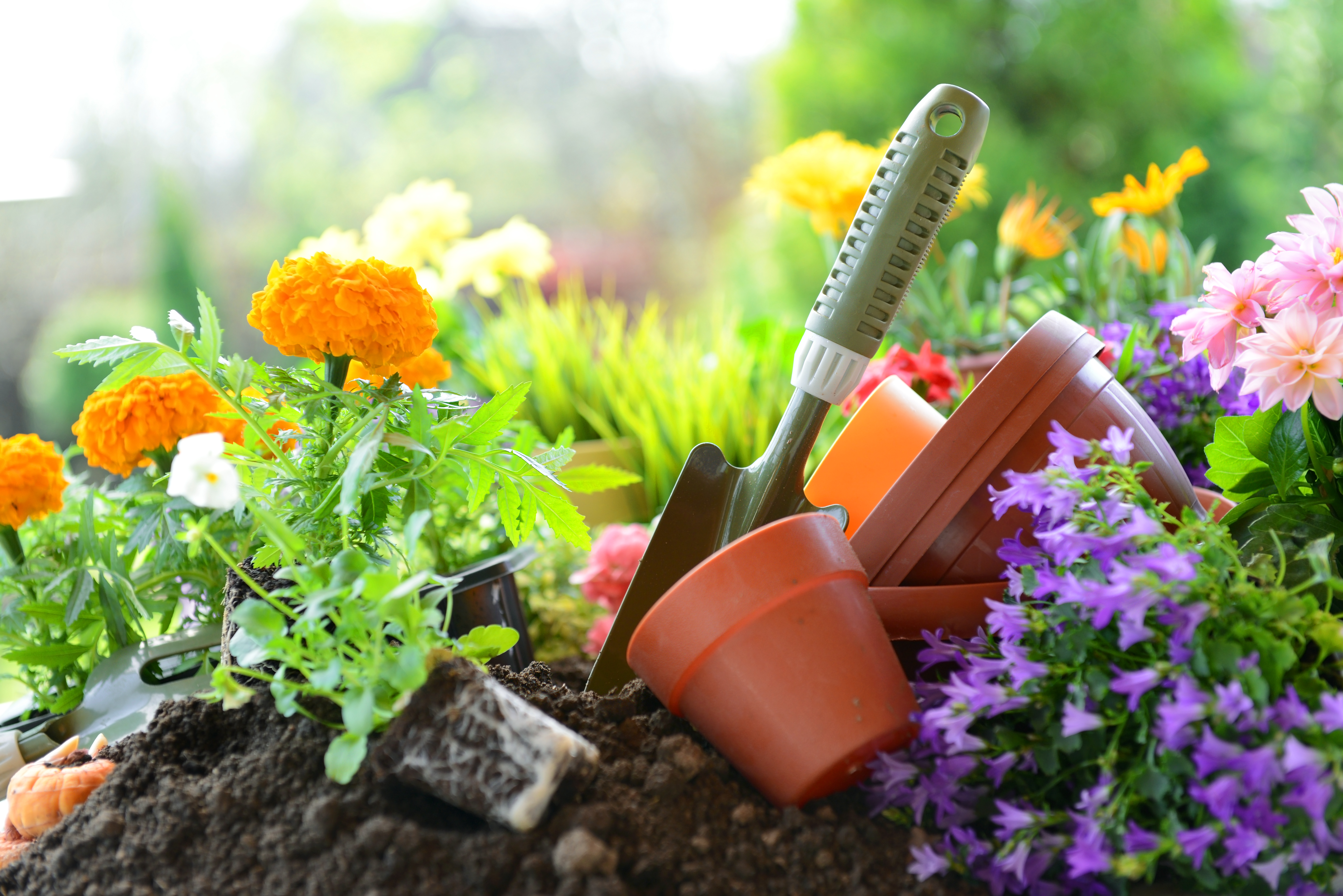
When and how often you need to fertilize your garden depends on the type of soil that your plants are rooted in. Plant expert, Tony O'Neill from Simplify Gardening tells us, the best time to fertilize would be, 'during their active growing seasons, which is generally in the spring and early summer for most plants'. Tony says you should 'avoid fertilizing late in the growing season or fall, as this can promote new growth that might not withstand winter'.
Kasey Bersett Eaves, gardening expert and founder of Vivant Gardening Services says: 'More and more, gardeners and landscapers are asking if fertilizer is necessary at all and in many cases, it can be avoided by choosing plants that are suited to grow in the soil you have'. However, Kasey says for the times it is needed, 'You can fertilize plants anytime that they are actually growing (not in dormancy). But be mindful of what you are hoping to encourage'. There's slightly different guidance for how often to fertilize a lawn, too.
Kasey continues: 'Every fertilizer has 3 numbers listed on its side, like a Social Security Number. These number represent the elements in it. They are called N-P-K, which stands for the three primary nutrients found in fertilizers that can cause a plant to grow 'Up-Down-All Around'.
The gardening expert says these are:
- Nitrogen (N), which promotes leafy, green growth and helps plants grow 'UP'.
- Phosphorus (P): Supports root development and helps plants grow 'DOWN'.
- Potassium (K): Enhances overall plant health and resilience, helping with disease resistance and drought tolerance. This helps 'All Around'.
For a complete and balanced fertilizer, check out this Triple 10 All Purpose Liquid Fertilizer 10-10-10 with Amino Acids from Amazon.
What do I need to fertilize my garden?
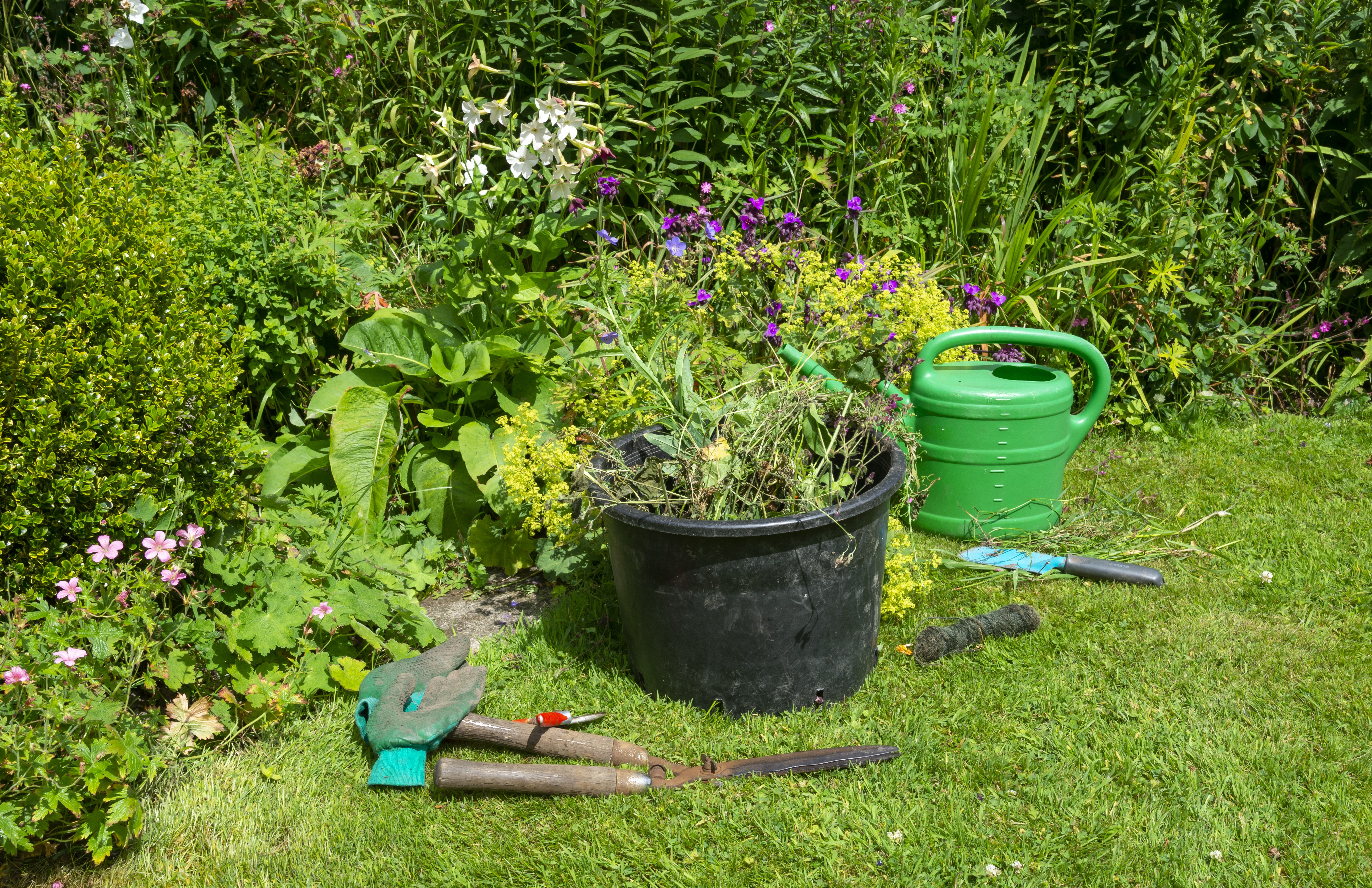
- The right fertilizer for the application
- A handheld or broadcast spreader for granular fertilizers
- Watering can or hose
It's essential to find the right tools for your garden, and that also includes finding the right fertilizer.
Tony says you will need, to 'choose a balanced fertilizer suitable for your specific garden plants, for example 10-10-10 balanced mix'. You will also need a spreader. 'For granular fertilizers, a handheld or broadcast spreader is useful for even application,' Tony adds. For small spaces try the Scotts Whirl Handheld Spreader from Target which is less than $50, but if you need cover more ground browse the range of push broadcast spreaders on Lowes starting from around the same price.
Last, but not least, Tony says it is important to have a watering can or hose. He adds: 'For liquid fertilizers, you’ll need a watering can or a hose-end sprayer'.
Kasey tell us if you are looking to fertilize your lawn you would want fertilizer which has a high amount of Nitrogen. She continues: 'If you are supporting new trees, you may want a higher count of Phosphorus. For Blossoms and Vegetables, you want a fertilizer that has more or less even numbers across the board'.
She adds: 'The simplest form of a balanced fertilizer is compost. You can apply it easily by spreading it around the root zone of your plants like a mulch, 1-2 inches deep. But many synthetics also exist some as liquids and some as time release granules. If you are growing food, keep in mind that what you feed your food, you feed yourself so be sure you are comfortable with the ingredients you are applying to your garden. And make sure you read the directions carefully. Each is unique in how it is applied and you can burn plant tissues by applying too much at once'.
A guide on how to fertilize your garden
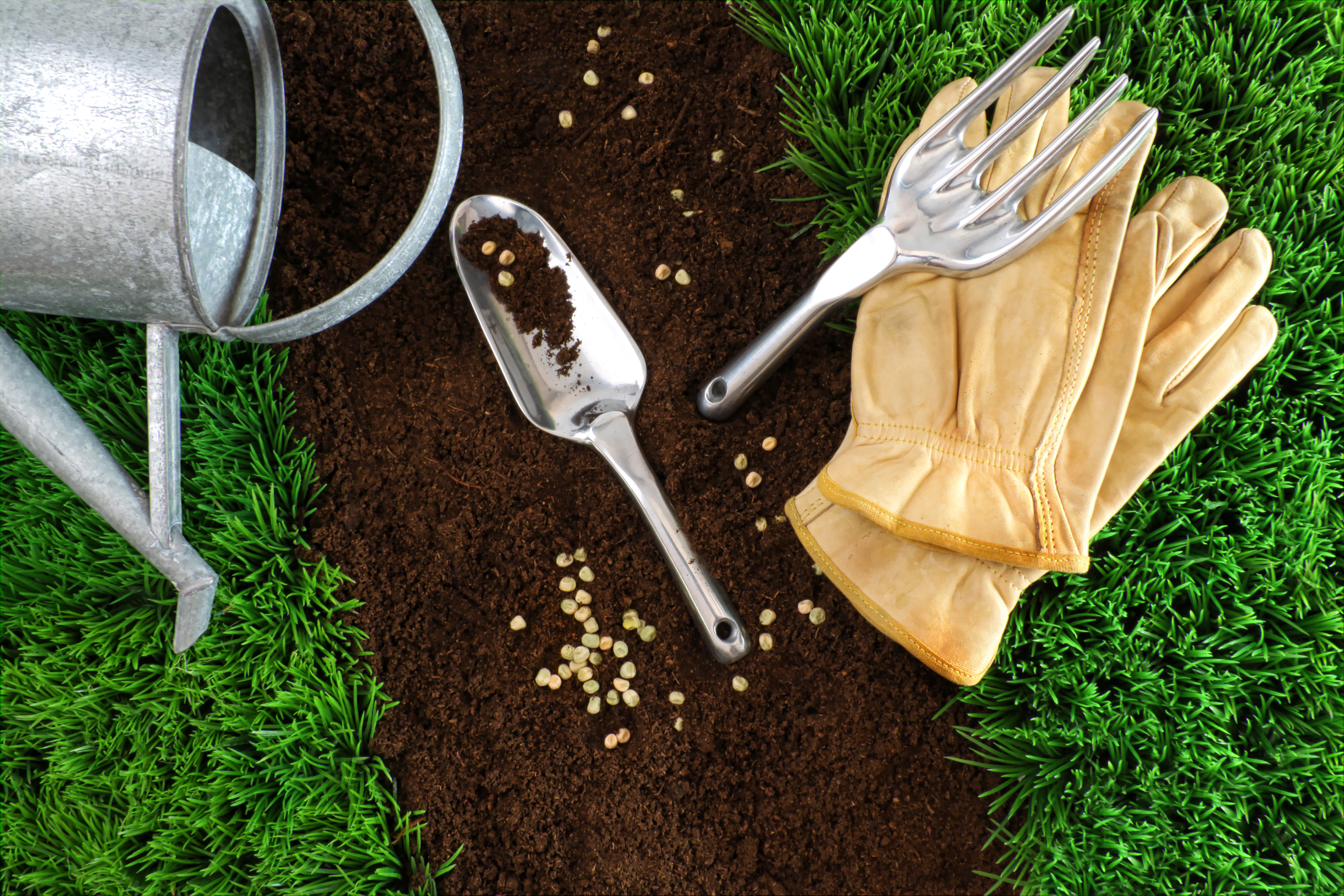
If you want to see your blooms thrive, you will need to nourish them properly and Tony says you should follow these steps if you want to do just that.
Step 1: Read Instructions - Tony notes that you should always start by reading the fertilizer package instructions as this will help ease the process for you.
Step 2: Test Soil - 'Optionally, perform a soil test to tailor the fertilizer type and quantity to your soil’s needs,' he adds. This will also allow you to monitor the chemical condition of the soil as well as identify nutrient deficiencies. You can find soil tests kits at Walmart and other general retailers.
Step 3: Prepare Tools - Tony says for this step, you should get your spreader or watering can ready.
Step 4: Apply Fertilizer - 'For granular types, evenly spread the fertilizer around the base of your plants, avoiding direct contact with the stems or leaves. For liquid types, dilute as instructed and apply to the soil at the base of the plants,' he tells us.
Step 5: Water In - Lastly, Tony says you should, 'lightly water the area after applying granular fertilizer to help it soak into the soil'.
FAQS
What is a fertilizer?
Fertilizer is a substance given to plants in order to help them grow. There are two common categories of fertilizers, known as organic and inorganic fertilizers.
Inorganic fertilizers are prepared from rock and minerals, and are formed by physical and chemical processes. As for organic fertilizers these are made from manure, bone meal, cottonseed as well as other natural materials.
What's the difference between liquid and granular fertilizer
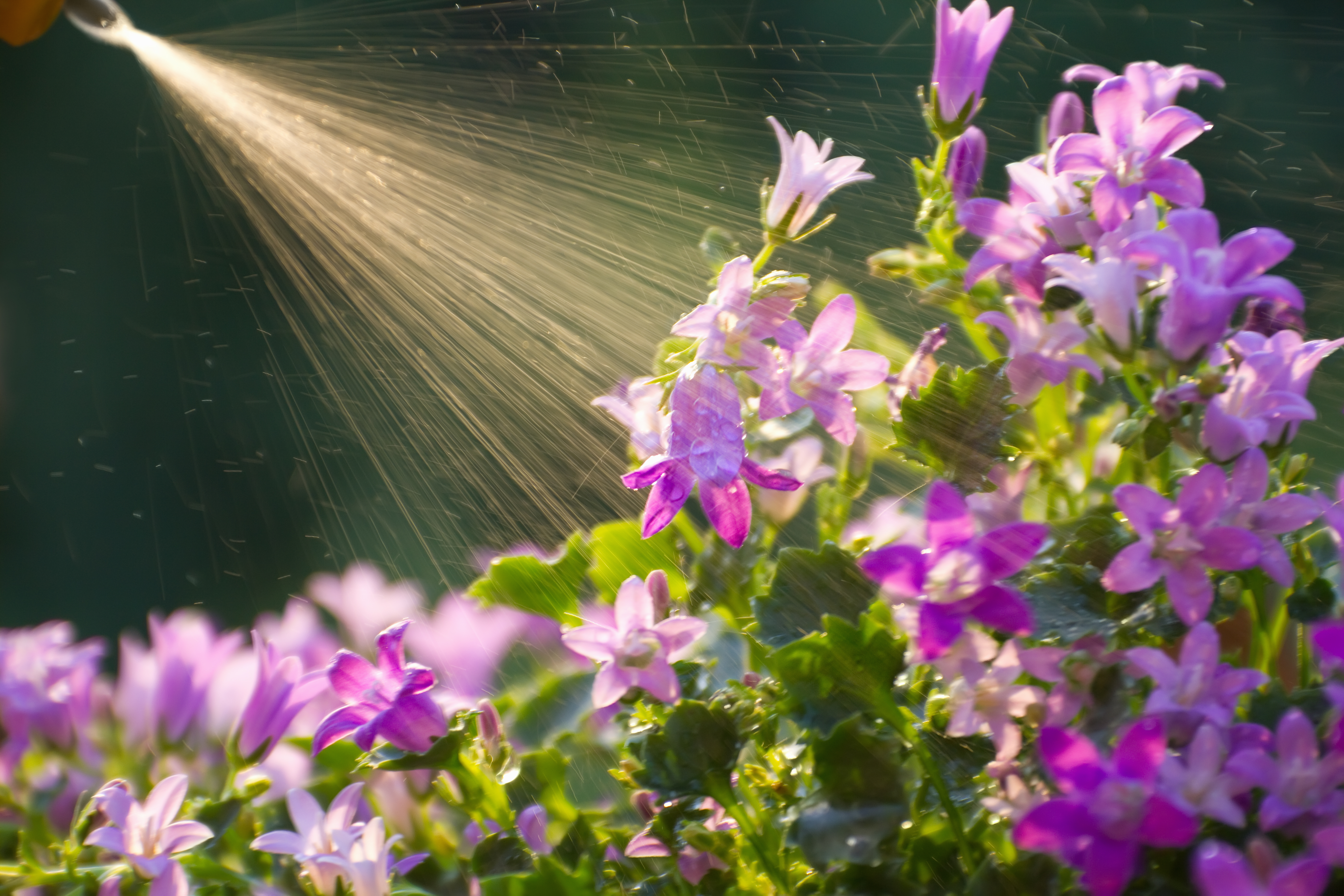
You can fertilize your garden using liquid or granular feed, but what is the difference between the two?
Granular feed is composed of solid particles which can be applied with a spreader or by hand. According to Elite Lawn Care, a lawn care company in Illinois, these granules release their nutrients over time and do not need to be reapplied as often due to their 'slow distribution'.
With liquid fertilizers, these come in a hose-like sprayer or a tank sprayer. Elite Lawn Care says: 'They provide quick absorption because they do not need to be dissolved in the soil first. Liquid fertilizers are easy to apply, and they are the best choice for more immediate results in your lawn'.
What are the different fertilizer numbers?
Are you wondering what fertilizer numbers mean and at what they might be best used for? Here is a breakdown of what you need to know:
10-10-10 - This is a complete and balanced fertilizer which is best for any stage of plant growth
10-20-10 - This is high in phosphorus and is best for potatoes, vegetables, fruit, trees and shrubs and flower beds.
20-10-10 - This is high in nitrogen and is best used for bedding plants, leaf growth and color.
10-10-20 - This is high in potassium and is great for roots and stems.
The numbers on fertilizers indicate the amount of NPK in the mixture. The first number is the percentage amount of nitrogen, the second number is the amount of phosphorous, and the third number is the amount of potassium
Which is the best fertilizer?
Here are a few highly rated fertilizers from Amazon that we think would be a great choice for your garden.
Price: $15.53
4.7 stars out of 5 with 13,968 ratings
Price: $28.30
Type: Soluble powder
4.5 stars out of 5 with 1,266 ratings
Price: $25.99
Type: Granular Fertilizer
4.5 out of 5 stars with 2,148 ratings
What happens if you use too much fertilizer?
According to Joseph Masabni, an assistant professor and Extension horticulturist from The Texas A&M University System, if you use too much fertilizer, it can kill your plants. He notes, 'two cups of most fertilizers will weigh about 1 pound. If a fertilizer has more nitrogen, use less. Two pounds of 5-10-5 fertilizer supplies as much nitrogen as 1 pound of 10-20-10'.
And it you are using organic fertilizer, Joseph says you should 'spread it evenly over the garden and work it into the soil. Use 20 to 30 pounds of manure for every 100 square feet of garden. Do not use too much. Do not use fresh manure because it can injure plants'.







